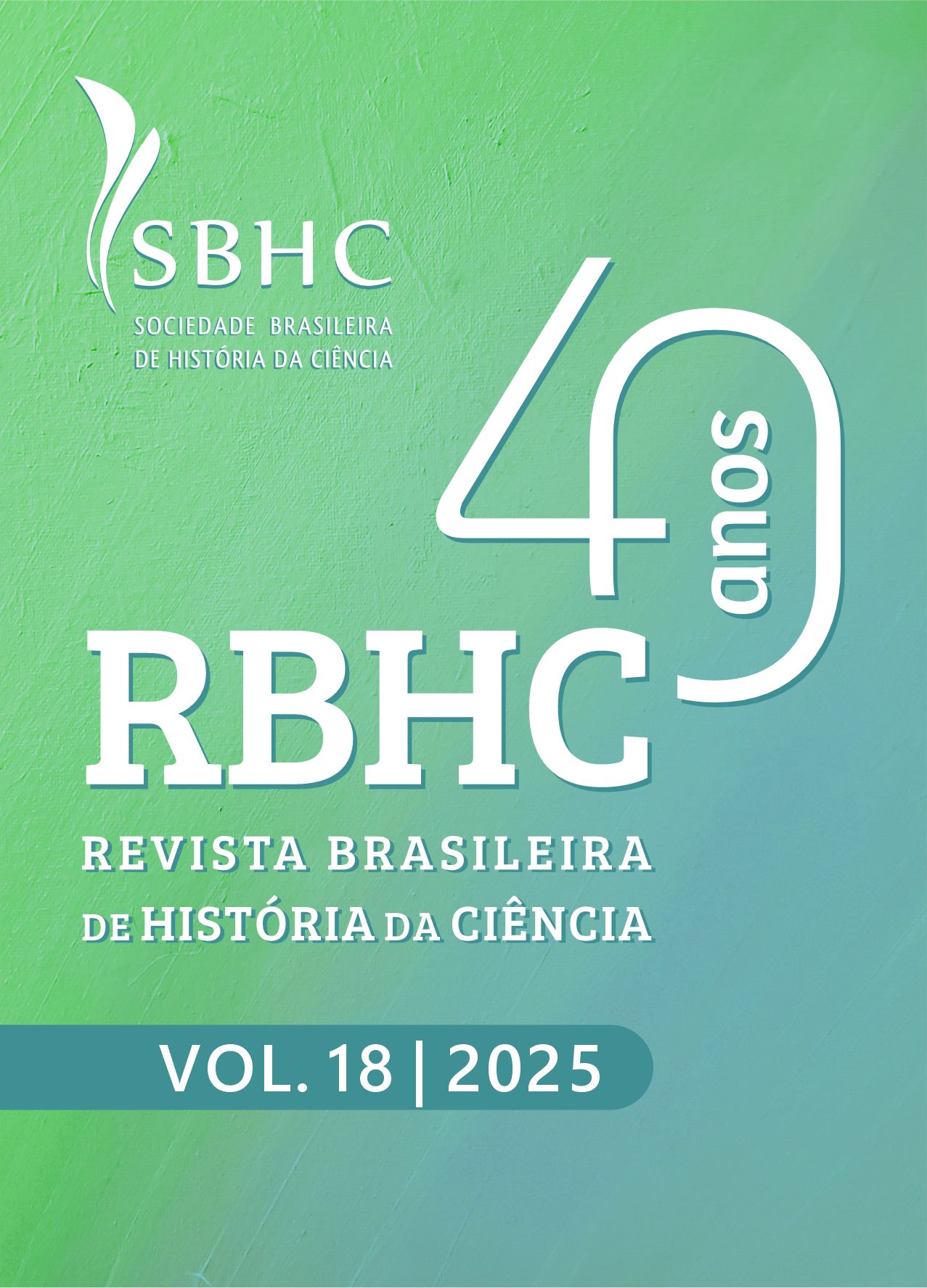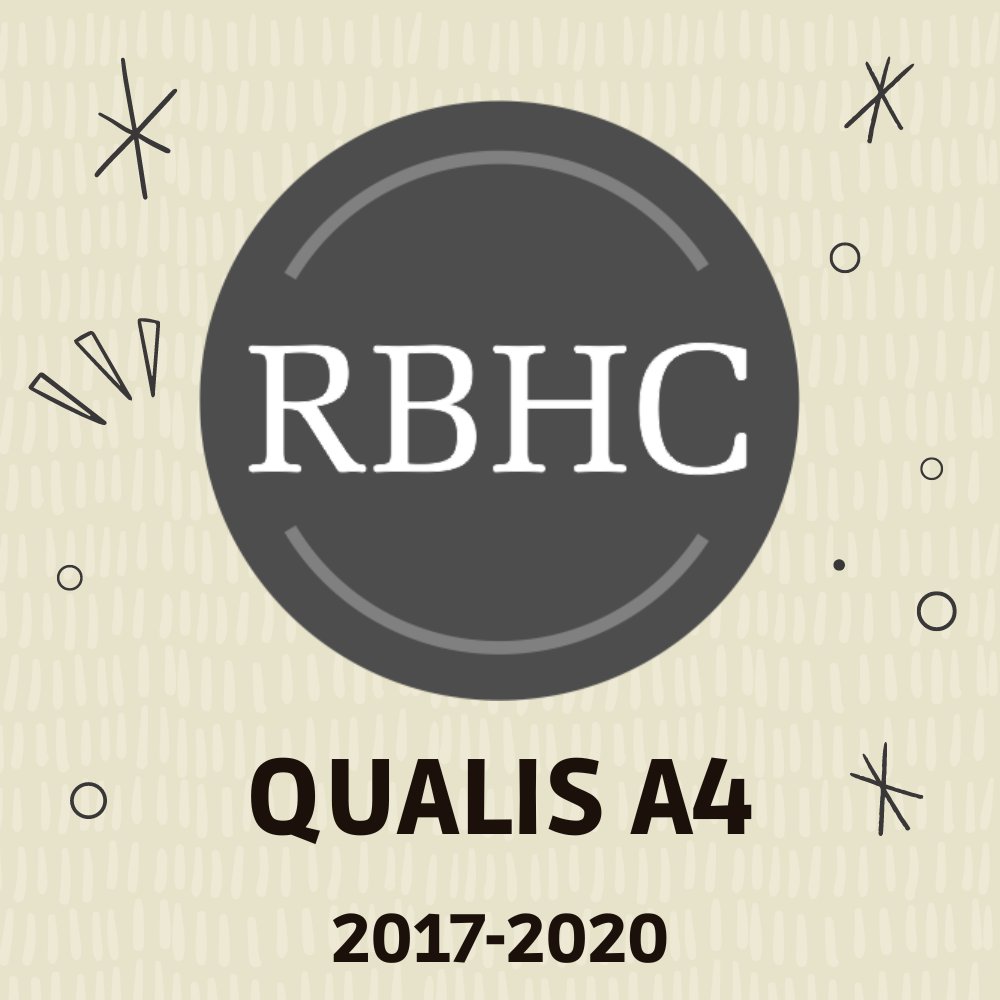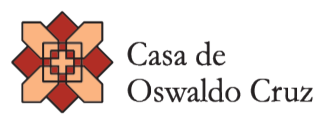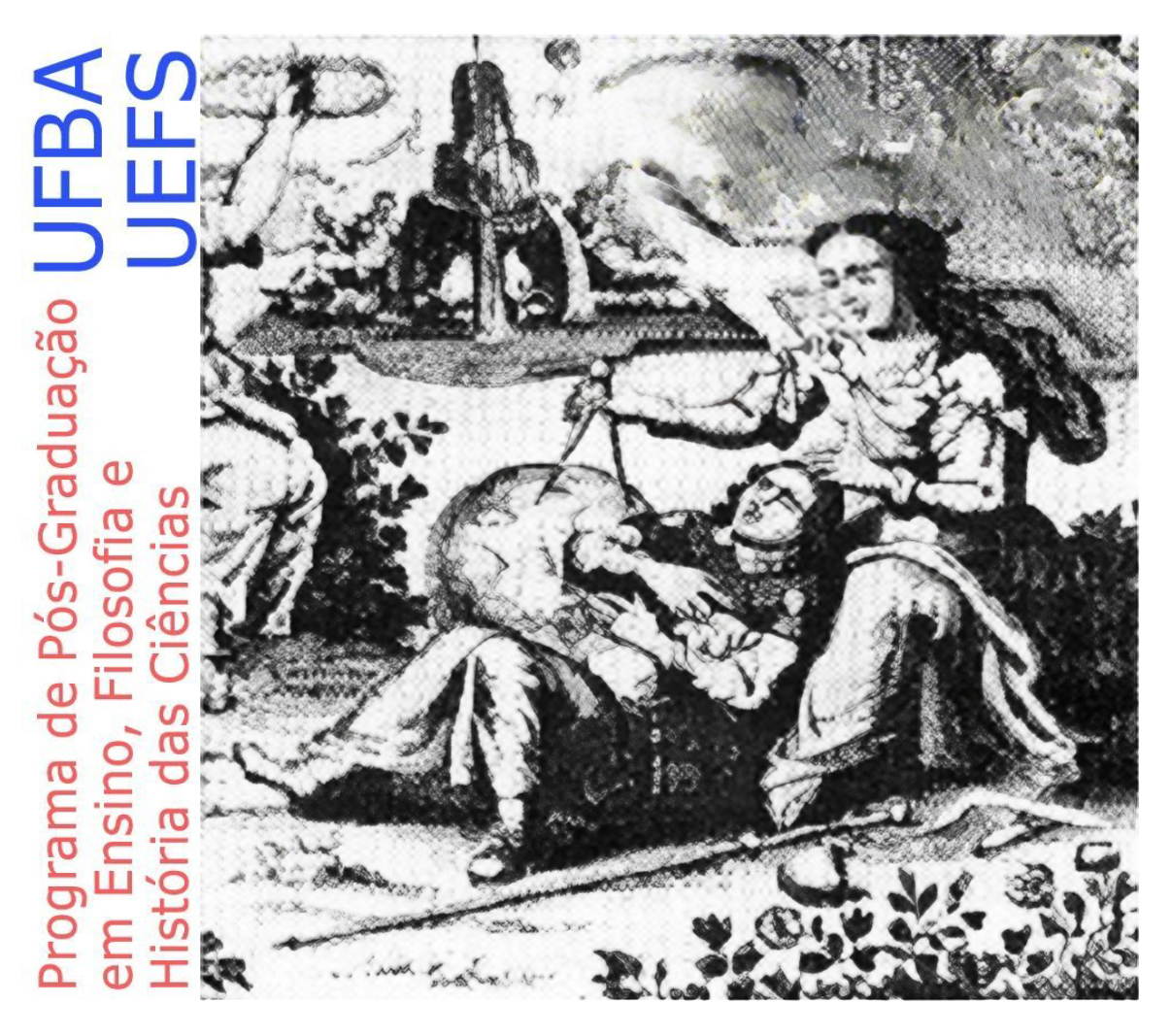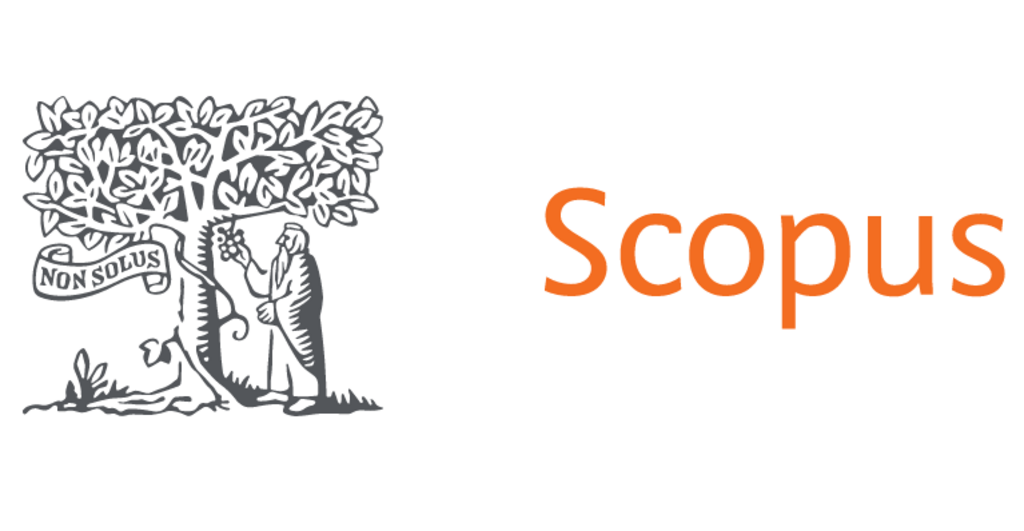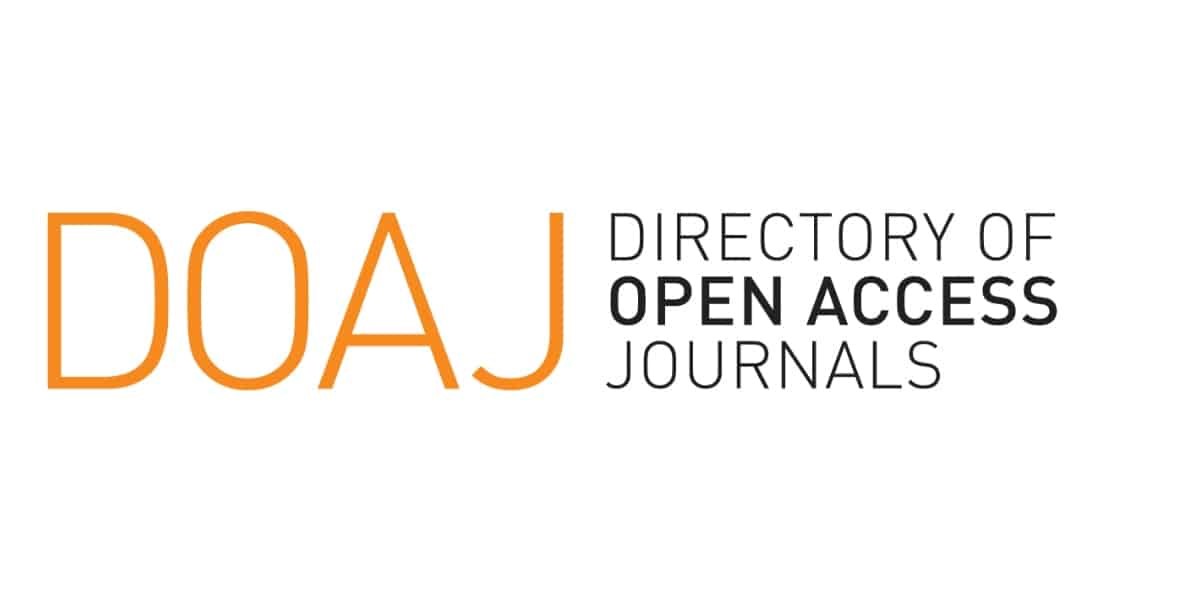Tem nuvem que parece algodão
Aitken e a composição das nuvens
DOI:
https://doi.org/10.53727/rbhc.v18i1.1084Palavras-chave:
Meteorologia, John Aitken, Contador de poeiraResumo
Um dos primeiros instrumentos científicos capazes de explicar como as nuvens são formadas pela presença de partículas de poeira no ar foi desenvolvido pelo escocês John Aitken (1839-1919) na década de 1880. Mais tarde, esse instrumento foi aperfeiçoado, permitindo avaliar a quantidade de partículas de poeira presentes em uma dada amostra de ar, por meio de um processo de supersaturação e condensação do vapor d’água contido em um recipiente, sendo tal instrumento batizado de contador de poeira Aitken. Neste trabalho trazemos a tradução comentada de alguns trechos do artigo em que Aitken apresenta o instrumento e as demandas sociais que o levaram a confeccioná-lo.
Downloads
Referências
ANDERSON, K. Predicting the weather: Victorians and the science of meteorology. Chicago: University of Chicago Press, 2005. DOI: https://doi.org/10.7208/chicago/9780226019703.001.0001
AITKEN, J. On dust, fogs, and clouds. Nature, v. 23, n. 583, p. 195-197, 1880. DOI: https://doi.org/10.1038/023195d0
AITKEN, J. On dust, fogs, and clouds. Transactions of the Royal Society of Edinburgh, v. 30, n. 1, p. 337-368, 1881a. Disponível em: doi:10.1017/S0080456800029069. Acesso em: 8 out. 2024. DOI: https://doi.org/10.1017/S0080456800029069
AITKEN, J. Dust and fogs. Nature, v. 23, n. 588, p. 311-312, 1881b. Disponível em: doi.org/10.1038/023311a0. Acesso em: 30 set. 2024. DOI: https://doi.org/10.1038/023311a0
AITKEN, J. Dust, fogs, and clouds. Nature, v. 23, n. 591, p. 384-385, 1881c. DOI: https://doi.org/10.1038/023384a0
AITKEN, J. On dust, fogs, and clouds. Van Nostrand’s Engineering Magazine, v. 24, n. 148, p. 308-310, 1881d.
AITKEN, J. On the formation of small clear spaces in dusty air. Earth and Environmental Science Transactions of the Royal Society of Edinburgh, v. 32, n. 2, p. 239-272, 1884. DOI: https://doi.org/10.1017/S0080456800026764
AITKEN, J. On the number of dust particles in the atmosphere. Transactions of the Royal Society of Edinburgh, v. 35, n. 1, p. 1-19, 1889. [Publicado on-line pela Cambridge University Press, 6 jul. 2012]. Disponível em: doi:10.1017/S0080456800017592. Acesso em: 8 out. 2024. DOI: https://doi.org/10.1017/S0080456800017592
AITKEN, J. On a method of observing and counting the number of water particles in a fog. Proceedings of the Royal Society of Edinburgh, v. 18, p. 259-262, 1892. Disponível em: doi:10.1017/S0370164600007422. Acesso em: 30 set. 2024. DOI: https://doi.org/10.1017/S0370164600007422
BRENNI, P. From workshop to factory: the evolution of the instrument-making industry, 1850-1930. In: BUCHWALD, J.Z.; FOX, R. (eds.). The Oxford handbook of the history of physics. Oxford: University Press, 2013. p. 584-650.
CORTON, C.L. London fog: the biography. Cambridge, MA: Harvard University Press, 2015. DOI: https://doi.org/10.4159/9780674495692
GOLINSKI, J. British weather and the climate of enlightenment. Chicago: University of Chicago Press, 2019. DOI: https://doi.org/10.1017/9781108505321.008
GUASP, D. Falkirk in the Later Nineteenth Century: churchgoing, work and status in an industrial town. PhD Thesis – School of History and Politics, University of Stirling, Stirling, 2012.
HAMILTON, H. The founding of Carron Ironworks. The Scottish Historical Review, v. 25, n. 99, p. 185-193, 1928.
HUNEMAN, P. Natural sciences. In: WOOD, A.W.; HAHN, S.S. (eds.). The Cambridge history of philosophy in the nineteenth century (1790-1870). Cambridge: Cambridge University Press, 2012. p. 201-238. DOI: https://doi.org/10.1017/CHO9780511975257.012
JANKOVIĆ, V. Reading the skies: a cultural history of English weather, 1650-1820. Manchester: Manchester University Press, 2000.
KNOTT, C.G. Dr. John Aitken, FRS. Nature, v. 104, n. 2613, p. 337-338, 1919. DOI: https://doi.org/10.1038/104337b0
KNOTT, C.G. John Aitken, LL. D., FRS. Proceedings of the Royal Society of Edinburgh, v. 41, p. 177-181, 1922. DOI: https://doi.org/10.1017/S0370164600009937
LEONE, M.; ROBOTTI, N. A note on the Wilson cloud chamber (1912). European Journal of Physics, v. 25, n. 6, p. 781, 2004. DOI: https://doi.org/10.1088/0143-0807/25/6/010
MARTINS, R.A.; SILVA, A.P.B. Joule’s experiments on the heat evolved by metallic conductors of electricity. Foundations of Science, v. 26, p. 625-701, 2021. DOI: https://doi.org/10.1007/s10699-020-09681-1
SIBUM, H.O. Narrating by numbers: keeping an account of early 19th century laboratory experiences. In: HOLMES, F.L.; RENN, J.; RHEINBERGER, H.-J. (eds.). Reworking the bench: research notebooks in the history of science. Dordrecht: Springer Netherlands, 2003. p. 141-158. DOI: https://doi.org/10.1007/0-306-48152-9_7
SPURNY, K.R. Methods of aerosol measurement before the 1960s. Aerosol Science and Technology, v. 29, n. 4, p. 329-349, 1998. DOI: https://doi.org/10.1080/02786829808965573
TEAGUE, K.A.; GALLICCHIO, N. The evolution of meteorology: a look into the past, present, and future of weather forecasting. 2017. Hoboken: Wiley-Blackwell, 2017. DOI: https://doi.org/10.1002/9781119136170
WILSON, C.T.R. On the formation of a cloud in the absence of dust. Proceedings of Cambridge Philosophical Society, v. 8, p. 306, 1895.
Downloads
Publicado
Edição
Seção
Licença
Copyright (c) 2025 Mateus Miranda Rodrigues, Ana Paula Bispo

Este trabalho está licenciado sob uma licença Creative Commons Attribution-NonCommercial-NoDerivatives 4.0 International License.

